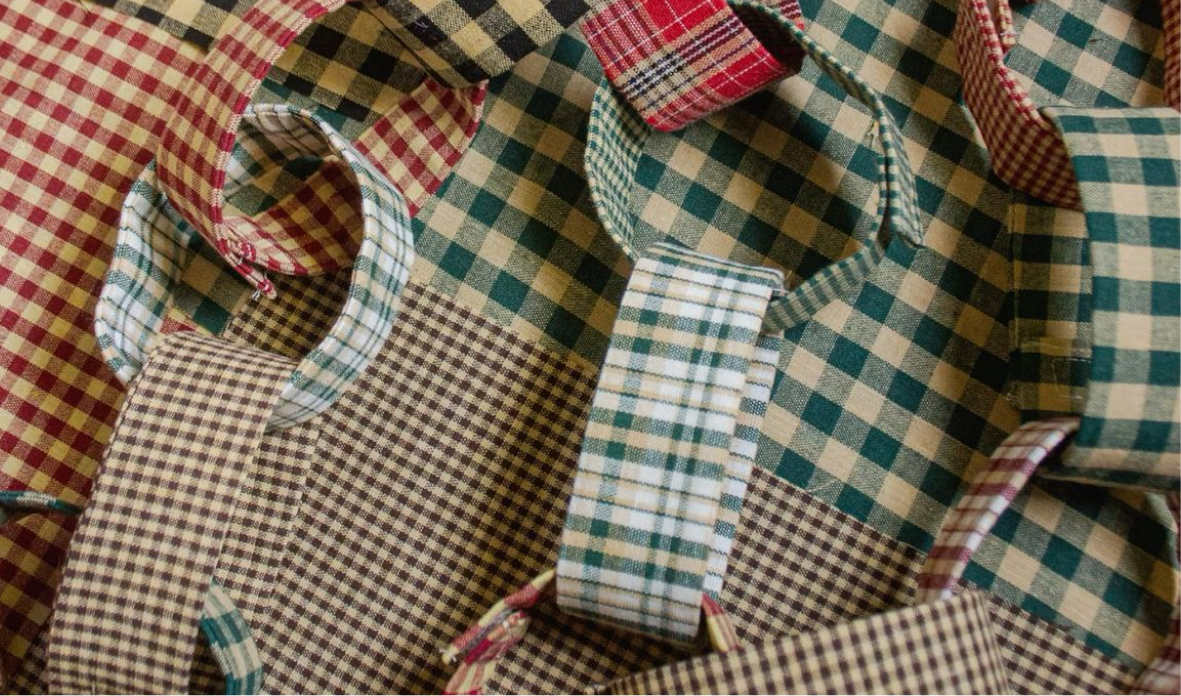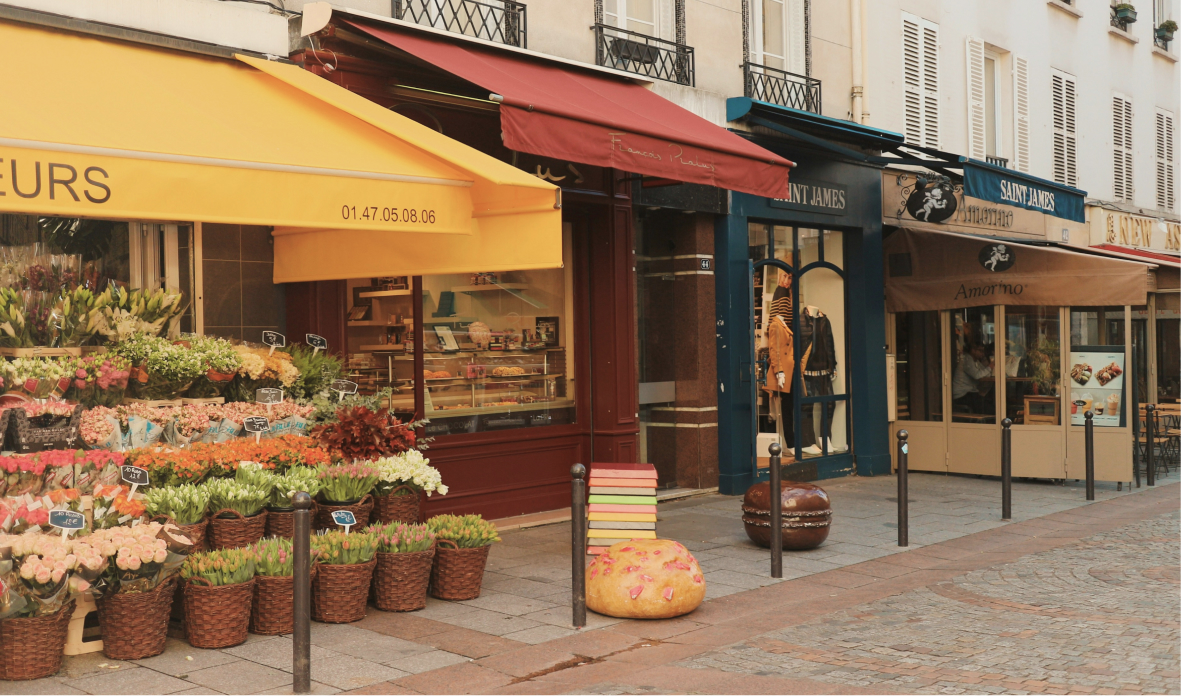What is Vegan Leather Made of? Plastic vs Natural Alternatives

Join the community





Leather is a byproduct of the food industry. If you oppose using animals for food and clothing, you'll likely avoid leather products.
Beyond animal rights concerns, leather production poses significant environmental challenges. Tanneries use harsh chemicals like chromium to soften the leather. These substances end up as liquid, sludge, or solid waste, creating environmental hazards.
Vegan leather offers an alternative to traditional leather. Pleather, or plastic leather, is the most common form of vegan leather. It contains no animal skin and manufacturers use it to create products such as footwear, bags, and jackets.
But since it’s made of plastic, is it really a sustainable alternative?
{{cta-join2}}
Plastic-Based, Vegan Leather
Plastic-based vegan leather, designed to mimic real leather, comes in two main plastic-based forms: polyurethane (PU) and polyvinyl chloride (PVC). PU is softer and more flexible, making it suitable for higher-end products, while PVC is cheaper but more environmentally damaging.
While they lack the breathability of real leather, they're easier to clean and maintain. But these plastic-based alternatives pose significant environmental concerns.
They don’t biodegrade and can harm wildlife through microplastic pollution, ironically hurting animals that consumers might have wanted to protect by avoiding real leather.
So how do we avoid this? By switching to vegan leather made of natural products such as pineapple leaves, cork, apple skins, and even kombucha.
Plastic-Free Vegan Leather
Pineapple-based leather
Piñatex is a revolutionary plant-based leather alternative made from pineapple leaf fibers, a byproduct of the fruit industry. Created by Dr. Carmen Hijosa, it's inspired by traditional Filipino clothing techniques. Piñatex stands out for its sustainable production process, requiring no extra resources and avoiding the toxicity associated with traditional leather manufacturing.
Cork-based leather
Cork leather is made from bark harvested from Mediterranean trees, which is then processed into thin sheets and laminated. This versatile material is durable, elastic, lightweight, and even waterproof. Plus, it's hypoallergenic and anti-fungal. The harvesting process is actually beneficial for the trees, making cork an incredibly sustainable choice.
This Company Recycles Corks and Turns Them Into Shoes
Mushroom-based leather
Mushroom-based leather is another innovative alternative to traditional leather. Companies like MycoWorks, Bolt Threads, and Muskin are creating this material from mycelium, the thread-like part of fungi. This approach offers a sustainable and cruelty-free option for those seeking leather-like materials without the environmental and ethical concerns of traditional leather production.
Recycled rubber
Recycled rubber offers a durable, cruelty-free alternative to leather accessories. It's tough and easy to maintain, but it's not biodegradable, so invest in pieces you'll use long-term. Most rubber today is synthetic, not from trees. By choosing recycled rubber products, you're giving a second life to items like tires and fire hoses. It's a practical choice that combines sustainability with durability, perfect for sustainable consumers looking for leather-like alternatives.












